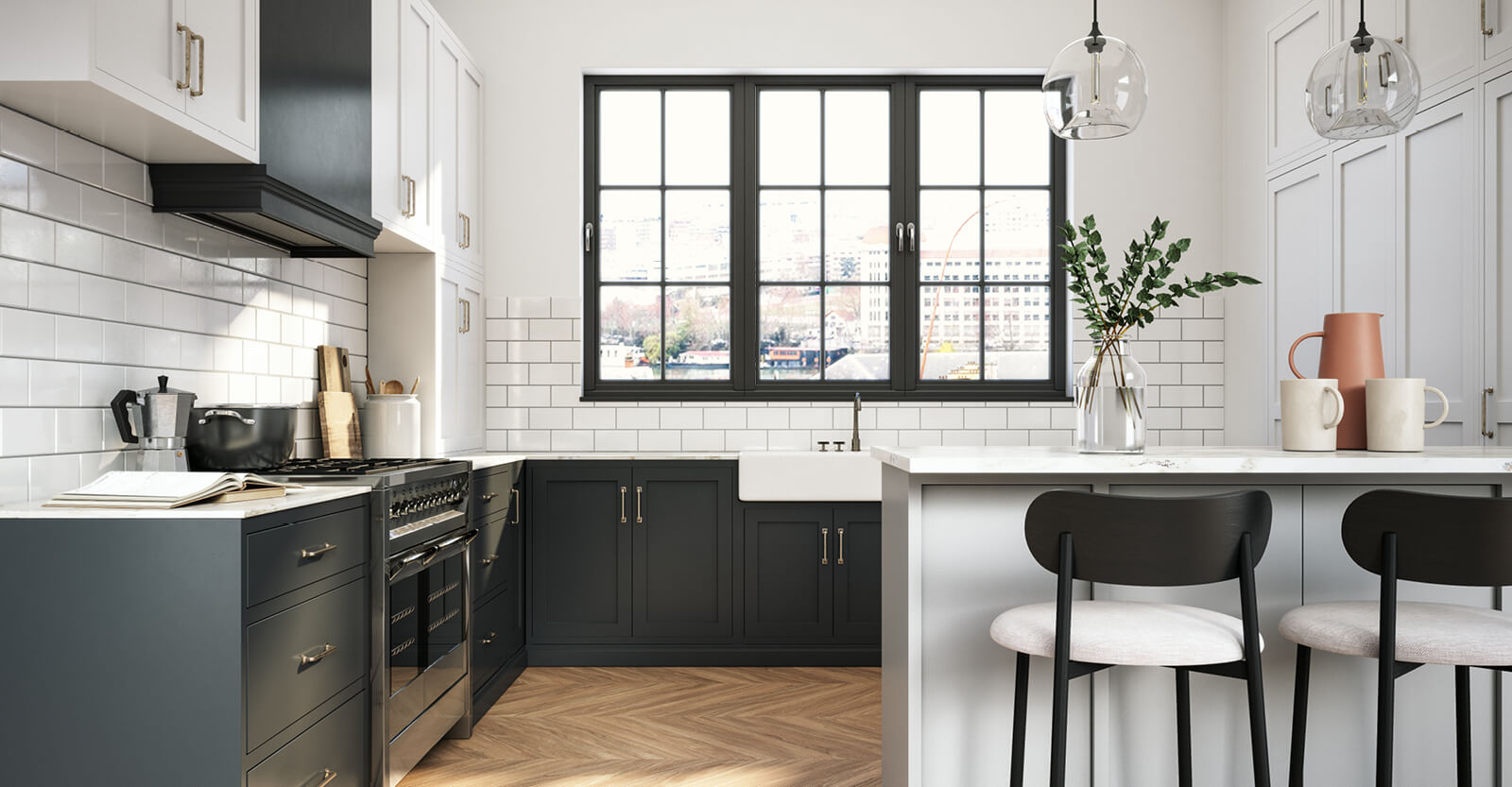A Beginner’s Guide to Refinishing Furniture
Minute Read

When everyday wear and tear damages your table, buying a new one can be tempting, but we highly recommend starting your own restoration project. Follow our steps to guide you through the refinishing process.
5 Benefits of Restoring Old Furniture
- Older furniture is often better quality.
“They don’t make them like they used to” is a common phrase we hear about furniture, but it can be true. In the past, furniture was built to be passed down through generations, but now most furniture is not made of solid hardwood and is meant to be replaced every 3-5 years. - It’s good for the environment.
That 3–5-year lifespan we mentioned means furniture gets thrown out more frequently, and the larger the furniture, the more space it takes up in landfills. Instead of buying low-quality furniture or throwing your furniture away, consider rehabbing it to help our planet. - You can save money.
Owning a home and buying new furniture is expensive. Refinishing costs are a lot more affordable. If you need new furniture to outfit your home or your piece is beyond repair, visit local thrift stores and antique markets or scroll through Facebook Marketplace. The price of furniture is often reduced on those sites and great for DIY projects. - The furniture’s value will increase.
Think of it like increasing your home’s value. Breathing new life into older, damaged furniture means creating a piece worth more should you choose to sell it in the future. - You create a unique new piece.
Have you ever noticed how furniture is mass-produced? You may see the same table at three friends’ houses. Restoring furniture gives it character and allows you the creative freedom to refinish it to your liking.
Materials and Supplies for Refinishing
Most of these products will need to be purchased from a hardware store. However, you could borrow a hand sander, shop vacuum, cloth or plastic sheets.
- Cleaning spray and cloth
- Dish detergent and a sponge (optional)
- 80-100 and 150-200 grit sandpaper sheets
- A cordless orbital sander and sandpaper
- A clean tack cloth
- Stain, paint or primer
- Safety glasses or goggles
- N-95 respirator mask (optional)
- Large cloth or plastic sheet
- 2-3 new paintbrushes
- New microfiber cloths
- Thick rubber or latex gloves
- Polyurethane
- Shop vacuum
How to Refinish and Stain Hardwood Furniture
This is a beginner’s guide to refinishing and staining a hardwood end table with minimal existing damage, except to the tabletop. We recommend executing your project in a well-ventilated and lit basement, garage or outdoor area.
- Thoroughly clean the table.
Use standard cleaning spray and a cloth to wipe the piece down and ensure it is dirt-free. Use a tack cloth to remove dust, dish detergent and a sponge for sticky residue. Ensure all surfaces are dry before moving forward. - Asses your table.
Look for any severe damage, like cracks or dents, that may require additional supplies like epoxy putty to repair during the refinishing process. - Remove the wood finish with an orbital sander.
This task requires determination because it can be a lengthy, cumbersome process. Applying chemical paint strippers or sanding will help remove old varnish and paint. We recommend using a hand sander to start.
- Spread out your cloth or plastic sheet to keep your space clean.
- Put on your safety eyewear and a respirator mask (optional).
- Use the roughest sandpaper (80-100 grit) and sand in the direction of the grain to avoid scratching the piece.
- Don’t sand too deeply as this could ruin the furniture.
- Use sandpaper to sand hard-to-reach places by hand.
Continue using the roughest sandpaper and sand with the grain to get all the nooks, crannies and places where the orbital sander is not able to sand. - Sand the wood with 150-200 grit sandpaper.
Once the old finish is off, it’s time to sand again! This time, using fine-grit sandpaper (150-200), sand the piece using the orbital sander and sand by hand where needed. - Remove remaining dust and clean your workspace.
This step is critical to ensure lingering dust does not become absorbed by sealant, stain or paint.
- Shake your sheet outside or put down a new floor covering.
- Use a shop vacuum around your work area to remove any lingering sawdust.
- Wipe and dab your tack cloth over all furniture surfaces until it is clean and dust-free.
- Seal and fill cracks in the furniture.
This is the time to use filler to repair any dents or cracks in your furniture. Next, consider sealing furniture before painting it to help protect the wood and create an even smoother surface to apply stain or paint.
- Put your gloves on and apply a coat of sealant over every surface.
- Use a new microfiber cloth to wipe away any excess sealant.
- Once dry, use your fine grit sandpaper to smooth the surface again.
- Repeat step 9 to clean your work area.
- Stain or paint your furniture.
Visit a local hardware store to pick out the type and color of paint or wood or gel stain that works best for your furniture. We used wood stain for our piece.
- Put your gloves on and use a paintbrush to apply your stain in the direction of the grit on every surface of your furniture.
- Let it dry for 5-10 minutes and then use a microfiber cloth to wipe off any extra stain, ensuring to wipe in the direction of the grain.
- Once the piece is fully dry (1-2 days, depending on the size), apply another layer if you want the color to be darker.
- Apply a coat of wood finish.
You are finally at the last step of your project! There are several types of wood finishes, including lacquer, polyurethane and oil. We selected polyurethane to finish our end table. - Use a new microfiber cloth or paintbrush to apply the finish.
- Once dry, add another coat if needed.
Congratulations on finishing your first DIY furniture project! You not only saved money, but you now have a new table that is uniquely yours. While picking out your DIY furniture or materials at the hardware store, use our Visa rewards credit cards to save while you shop. Does your new piece have you feeling inspired? Consider doing a more significant DIY renovation project and revamping your whole room with funding from your home’s equity. Contact our team to discuss your financial options.



